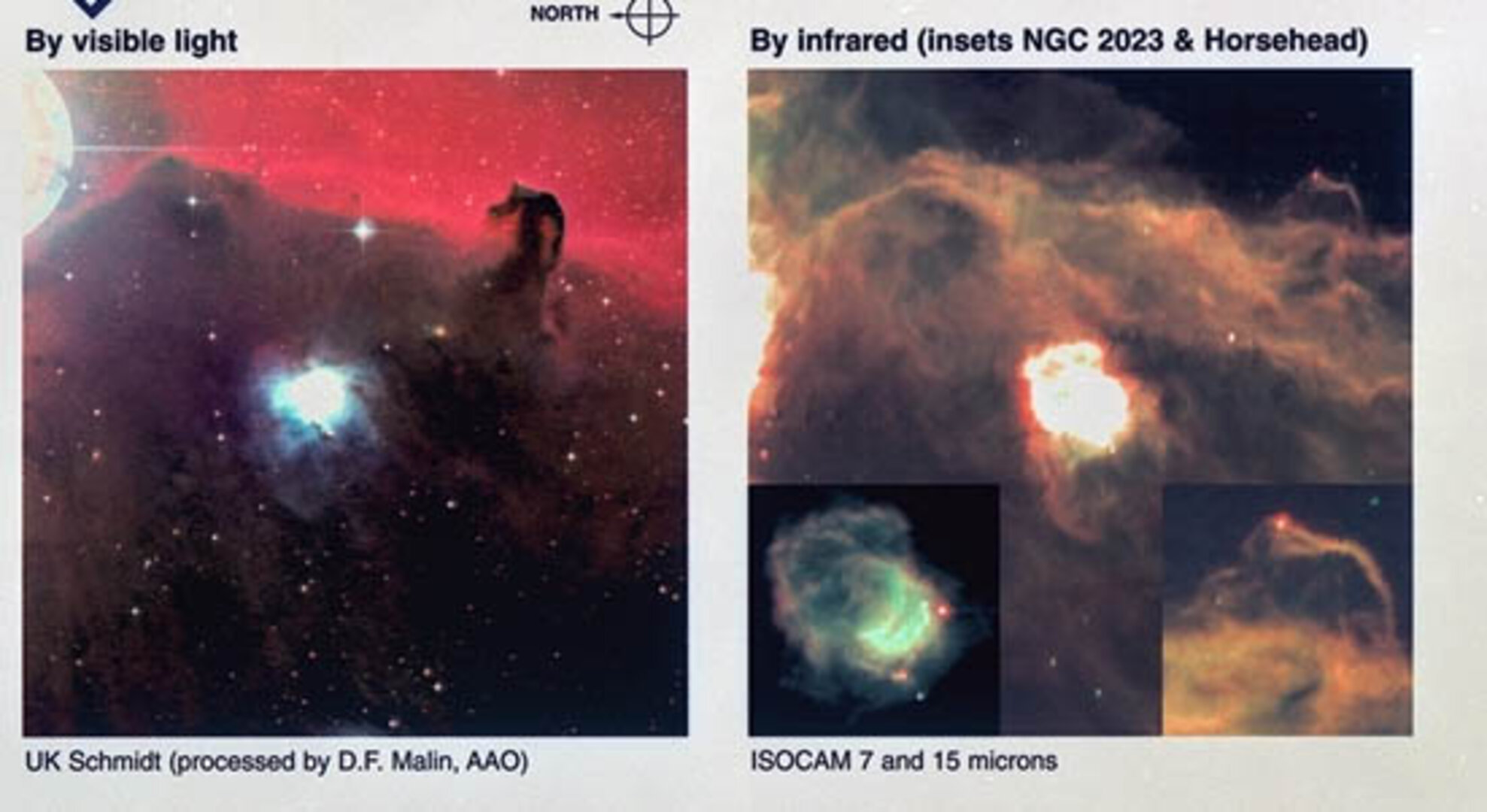Accept all cookies Accept only essential cookies See our Cookie Notice

About ESA
The European Space Agency (ESA) is Europe’s gateway to space. Its mission is to shape the development of Europe’s space capability and ensure that investment in space continues to deliver benefits to the citizens of Europe and the world.
Highlights
ESA - United space in Europe
This is ESA ESA facts Member States & Cooperating States Funding Director General Top management For Member State Delegations European vision European Space Policy ESA & EU Space Councils Responsibility & Sustainability Annual Report Calendar of meetings Corporate newsEstablishments & sites
ESA Headquarters ESA ESTEC ESA ESOC ESA ESRIN ESA EAC ESA ESAC Europe's Spaceport ESA ESEC ESA ECSAT Brussels Office Washington OfficeWorking with ESA
Business with ESA ESA Commercialisation Gateway Law at ESA Careers Cyber resilience at ESA IT at ESA Newsroom Partnerships Merchandising Licence Education Open Space Innovation Platform Integrity and Reporting Administrative Tribunal Health and SafetyMore about ESA
History ESA Historical Archives Exhibitions Publications Art & Culture ESA Merchandise Kids Diversity ESA Brand Centre ESA ChampionsLatest
Space in Member States
Find out more about space activities in our 23 Member States, and understand how ESA works together with their national agencies, institutions and organisations.
Science & Exploration
Exploring our Solar System and unlocking the secrets of the Universe
Go to topicAstronauts
Missions
Juice Euclid Webb Solar Orbiter BepiColombo Gaia ExoMars Cheops Exoplanet missions More missionsActivities
International Space Station Orion service module Gateway Concordia Caves & Pangaea BenefitsLatest
Space Safety
Protecting life and infrastructure on Earth and in orbit
Go to topicAsteroids
Asteroids and Planetary Defence Asteroid danger explained Flyeye telescope: asteroid detection Hera mission: asteroid deflection Near-Earth Object Coordination CentreSpace junk
About space debris Space debris by the numbers Space Environment Report In space refuelling, refurbishing and removingSafety from space
Clean Space ecodesign Zero Debris Technologies Space for Earth Supporting Sustainable DevelopmentLatest
Applications
Using space to benefit citizens and meet future challenges on Earth
Go to topicObserving the Earth
Observing the Earth Future EO Copernicus Meteorology Space for our climate Satellite missionsCommercialisation
ESA Commercialisation Gateway Open Space Innovation Platform Business Incubation ESA Space SolutionsLatest
Enabling & Support
Making space accessible and developing the technologies for the future
Go to topicBuilding missions
Space Engineering and Technology Test centre Laboratories Concurrent Design Facility Preparing for the future Shaping the Future Discovery and Preparation Advanced Concepts TeamSpace transportation
Space Transportation Ariane Vega Space Rider Future space transportation Boost! Europe's Spaceport Launches from Europe's Spaceport from 2012Latest

ISO image of Horsehead Nebula
Thank you for liking
You have already liked this page, you can only like it once!
The Horsehead Nebula in Orion protrudes from a large cloud into a region brightly lit by glowing hydrogen gas. The scene changes dramatically when examined by the European Space Agency's Infrared Space Observatory, ISO. Some light regions become dark, while the dark cloud glows with filaments shining by the infrared light emitted by interstellar dust. Only the top of the horse's head remains. The bright nebula in the centre of the scene, called NGC 2023, is larger in the infrared image. Much of the infrared brightness right across the scene, including the horse's head, comes from emission by carbon compounds (polycyclic aromatic hydrocarbons, PAH). Bright dots seen in the nebula NGC 2023 and at the top of the Horsehead itself, include young, newly-formed stars detected by their infrared missions. These young stars are clearer in the inset images, where different intensity scales favour the relatively cool young (red) stars. The infrared images are composed from observations by ISO's ISOCAM camera at wavelengths of 7 and 15 microns. Comparisons of the intensities of point-like objects at different infrared wavelengths provide a powerful means of identifying young stars hidden in the dense, dusty clouds in which they are born. The observations of the Horsehead Nebula and its surroundings form part of a programme of research by a team of astronomers from Sweden, France, Italy, the UK and the European Space Agency, who are making a census of young stars in selected regions. The Horsehead region is part of a gigantic star-making cloud that includes the Orion Nebula. It is in a sector of the sky that ISO would have been unable to view if the spacecraft's operating life had not been extended by the excellent performance of its liquid-helium cooling system. [Image Date: 1998/04] [98.04.006-001]
-
CREDIT
Credit: Infrared: ESA/ISO/ISOCAM and L. Nordh (Stockholm Observatory) et al. Visible light: photography by D.F. Malin, Anglo-Australian Observatory, from UK Schmidt Telescope plates, copyright 1980 Royal Observatory, Edinburgh, and Anglo-Australian telesco -
LICENCE
ESA Standard Licence

The Orion nebula in multiple wavelengths

ISO observations of Helix Nebula

Herschel’s view of the Horsehead Nebula

'An Infrared negative of a bright nebula'















 Germany
Germany
 Austria
Austria
 Belgium
Belgium
 Denmark
Denmark
 Spain
Spain
 Estonia
Estonia
 Finland
Finland
 France
France
 Greece
Greece
 Hungary
Hungary
 Ireland
Ireland
 Italy
Italy
 Luxembourg
Luxembourg
 Norway
Norway
 The Netherlands
The Netherlands
 Poland
Poland
 Portugal
Portugal
 Czechia
Czechia
 Romania
Romania
 United Kingdom
United Kingdom
 Slovenia
Slovenia
 Sweden
Sweden
 Switzerland
Switzerland

























